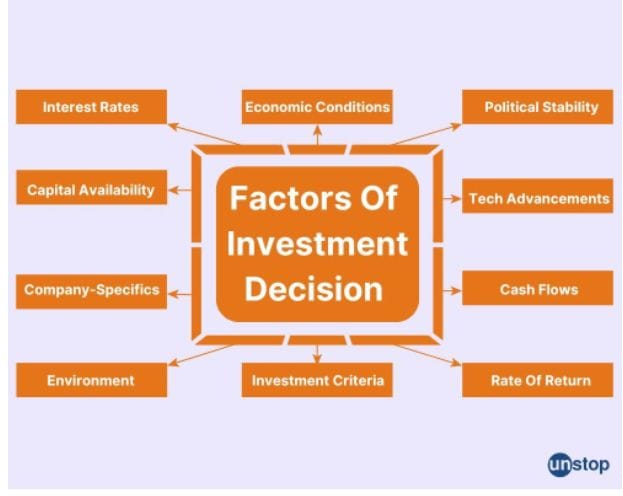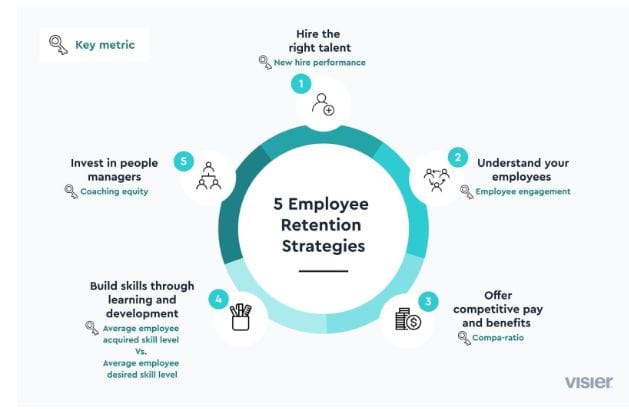Tallyfy Report Reveals SignalHire’s Workforce Analytics Help Investors Spot Hidden Opportunities
How Workforce Analytics Changes the Investors’ Assessment
In the traditional approach to evaluating a company’s attractiveness, investors have relied heavily on financial statements, market share, and past performance. While these metrics do provide viable data of a company’s current financial and operational states, they can’t predict its future success, especially considering the turbulent nature of recent years. When innovation cycles are short and adaptability is crucial, historical data alone no longer tells the full story.

To truly forecast a company's future potential, investors must dig deeper, beyond balance sheets and into the core of what drives growth: its people. A skilled, engaged, and well-managed workforce is increasingly recognized as a strategic asset, not just an operational cost. Workforce data analytics is now one of the most considerable tools that show whether a business can be successful in the long run. It’s not just about where a company is now, but where its people can take it next.
What Is Workforce Data Analytics and Why It Matters?
Workforce data analytics is the use of data to understand employee behavior, productivity, and trends. Predictive workforce analytics utilizes previously gathered information in order to predict future workforce needs and challenges, helping investors understand the sustainability potential of a company. Instead of viewing the workforce as a cost center, investors start to evaluate it as a source of competitive advantage, and one that can make or break a company’s future.

Talent Is a Core Asset
This shift in perspective is transforming how smart investors assess companies. In knowledge-intensive industries, like technology, finance, and healthcare, human recourses add significantly to the venture’s value. Workforce analytics allows investors to assess whether a company has the right talent in place, how effectively it retains high performers, and whether it’s investing in developing the skills necessary for future growth. Companies that actively put effort into the development of their talent pools are often more agile and innovative.
Indicators of Operational Efficiency
Workforce analytics also helps reveal how efficiently a company operates. Metrics such as employee turnover, absenteeism, time-to-hire, and internal promotion rates tell a story about management quality, workplace culture, and organizational resilience.
For example, a company with high employee turnover might struggle with leadership issues, poor morale, or ineffective onboarding, all of which can lead to higher costs and lower productivity. Conversely, a business with strong retention is more likely to benefit from institutional knowledge, reduced hiring expenses, and consistent performance. To better understand how these dynamics play out in real-world settings, investors can see workforce structure at companies like Amazon, where large-scale operations demand constant analysis of labor patterns, efficiency metrics, and talent development strategies.

Risk Assessment and ESG Factors
Environmental, Social, and Governance (ESG) criteria are now central to many investment strategies, and workforce analytics play a vital role in evaluating a company’s social and governance practices. Tools that help define workforce analytics can provide crucial context for interpreting data on diversity and inclusion, pay equity, workplace safety, and labor practices, helping investors estimate how well a company lives up to its ESG commitments.
Companies that treat their employees fairly and transparently tend to build stronger brands and experience fewer regulatory or reputational risks. These practices contribute to employee engagement and long-term business stability, factors that can directly influence a company’s valuation.
Alignment with Strategy
Workforce analytics trends can reveal whether a company’s human capital strategy aligns with its stated business goals. If a firm claims to be innovation-led but spends little on training or fails to attract top technical talent, investors may question the credibility of its strategy.
Workforce data provides transparent overview of how things really are, helping investors spot the difference between what is claimed and what is currently happening. This clarity is a significant factor that influences making decisions about long-term investments. This is especially true for industries where the performance of the enterprise depends hugely on actual people doing the job.
Case in Point: Salesforce
Salesforce offers a compelling example of how workforce data can influence investment decisions. The company was known for high levels of employee satisfaction, low turnover, and bold steps to ensure equal pay and diversity. These efforts have proven to be not just moral or cultural decisions, but intentional business strategies.
By cherishing its people, Salesforce has built a solid reputation as an innovative, adaptable and resilient company, which are exactly the qualities investors appreciate in an increasingly volatile industry. Workforce analytics confirmed this reputation, offering real data that helped investors see the company as one set for long-term stability and potential.
Conclusion
While many companies have access to the same tools, technologies, and markets nowadays, people still remain the reason some ventures are more successful and sustainable than others. Workforce analytics done beforehand gives investors an advantage by showing how companies currently manage this crucial resource.
More investors now understand the importance of such data and use it to locate companies worthy of financial contribution. The ones that prioritize transparency, constant talent development, and operational efficiency already stand out from the rest. SignalHire platform can help get these valuable insights into the benefits of workforce analytics that support smarter, more efficient, and more strategic decisions. Recognizing the people behind the profitable startup isn’t just good ethics. It offers a direct path to smarter investing.
Media Contact
Company Name: Tallyfy
Contact Person: Michael
Email: Send Email
City: New York
Country: United States
Website: https://tallyfy.com/


